13 Types of Celery to Grow at Home (With Pictures)
-
Pete Ortiz
- Last updated:
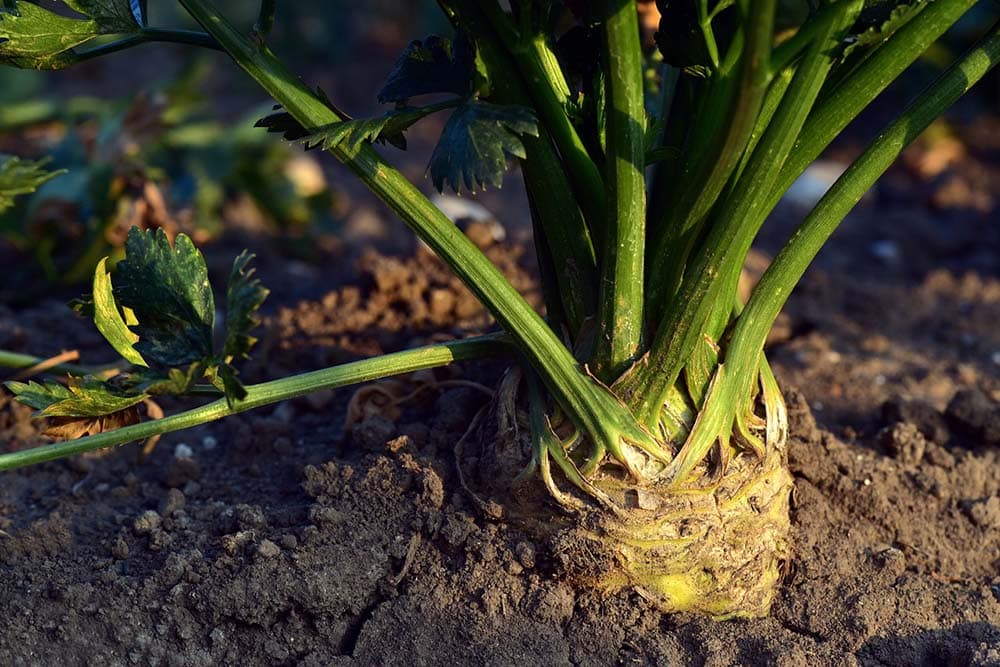
Celery is one of the easiest vegetables to grow at home, and if you’ve ever eaten it, you know how sweet it is. On top of that, this vegetable has a delicious texture that makes it a great addition to different recipes. Not only is it loaded with vitamins C, A, and K, but this vegetable also has lots of antioxidants that help solve stomach issues and improve digestion.
Growing a variety is great, especially when you want to make a salad, celery juice or cook a nutritious meal. Before jumping into the different types of celery, it’s important to note that there are three classifications under which the different categories fall. These include pascal celery, leafy celery, and celeriac celery.
Pascal celery is readily available in farmers’ markets and grocery stores, and it’s the most popular in the US. Its distinct feature about it is the stalks. Leafy celery originates from East Asia, and many people enjoy its nutritious leaves. Lastly, celeriac celery is popular in the Mediterranean Basin and Northern Europe.
In this article, you get to learn all about the different types of celery you can grow at home. We have categorized them under the three major classifications mentioned above.
The 13 Types of Celery
Pascal celery is the most popular in the US. It is mainly cultivated for its stalks. There are six pascal celery types that you can grow at home.
1. Giant Red Celery
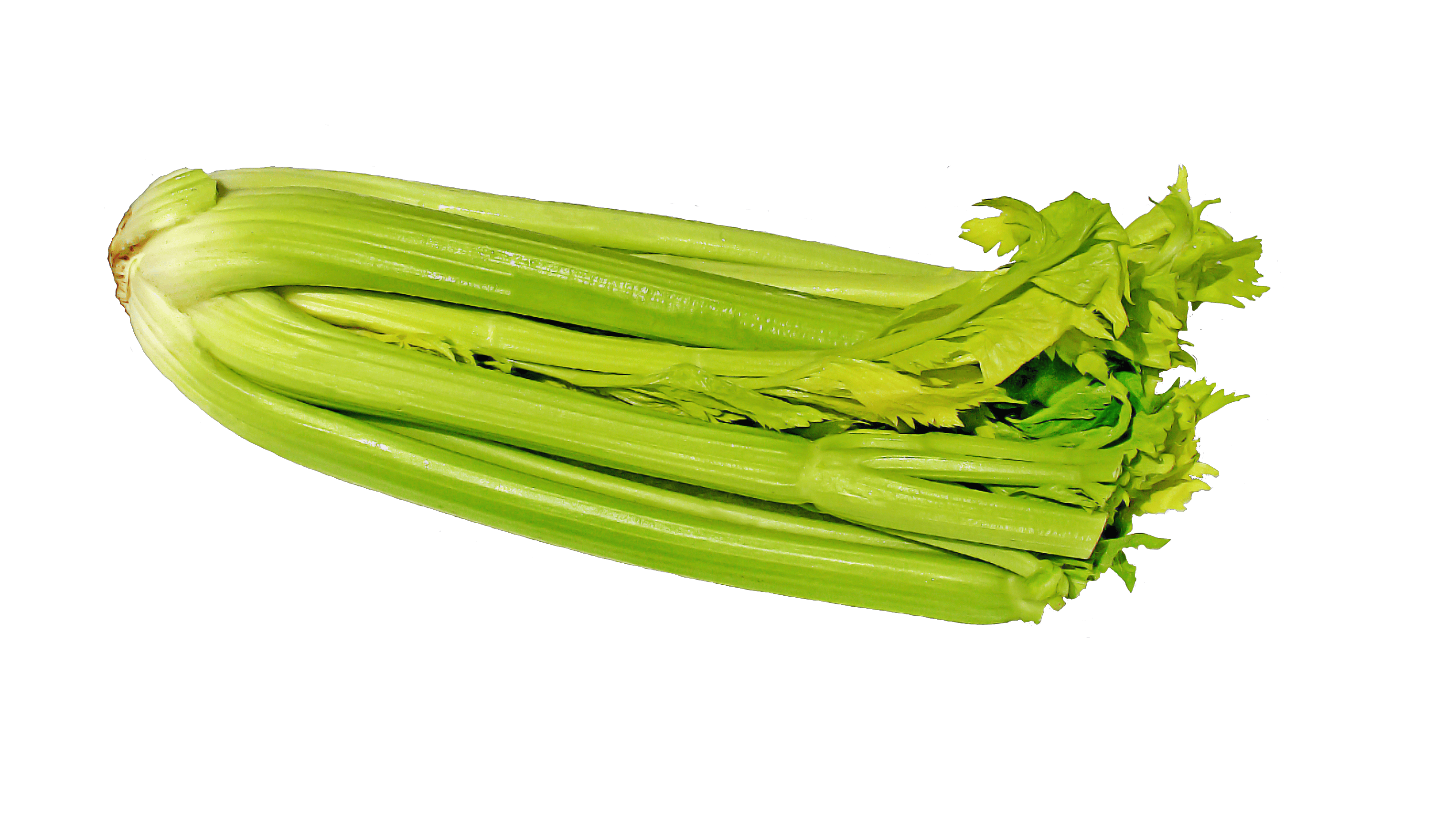
Have you ever come across a large celery with reddish-purple stalks? Most likely, that is the Giant Red celery, which can grow to be 2 feet tall in good conditions. This is among the most delicious celery you can have at home for making salad or soup—it has quite a strong taste. Note that the reddish-purple stalk turns pink when cooked.
It is ideal for home gardening since it’s a fast grower-you can have ready-to-eat Giant Red celery 85 days after planting its seeds in the soil. The type is a little cold-tolerant.
2. Golden Boy Celery
Another example of pascal celery that you can grow at home is the Golden Boy. This is a shorter celery, usually ready to harvest when the stalks are 20 to 23 inches tall. There are different ways you can enjoy Golden Boy celery. The most popular is blanching it, which turns the golden-colored stalks to white. This celery is also delicious to eat raw as a snack or in a salad. It has a mild taste and crunchy texture.
3. Tall Utah Celery
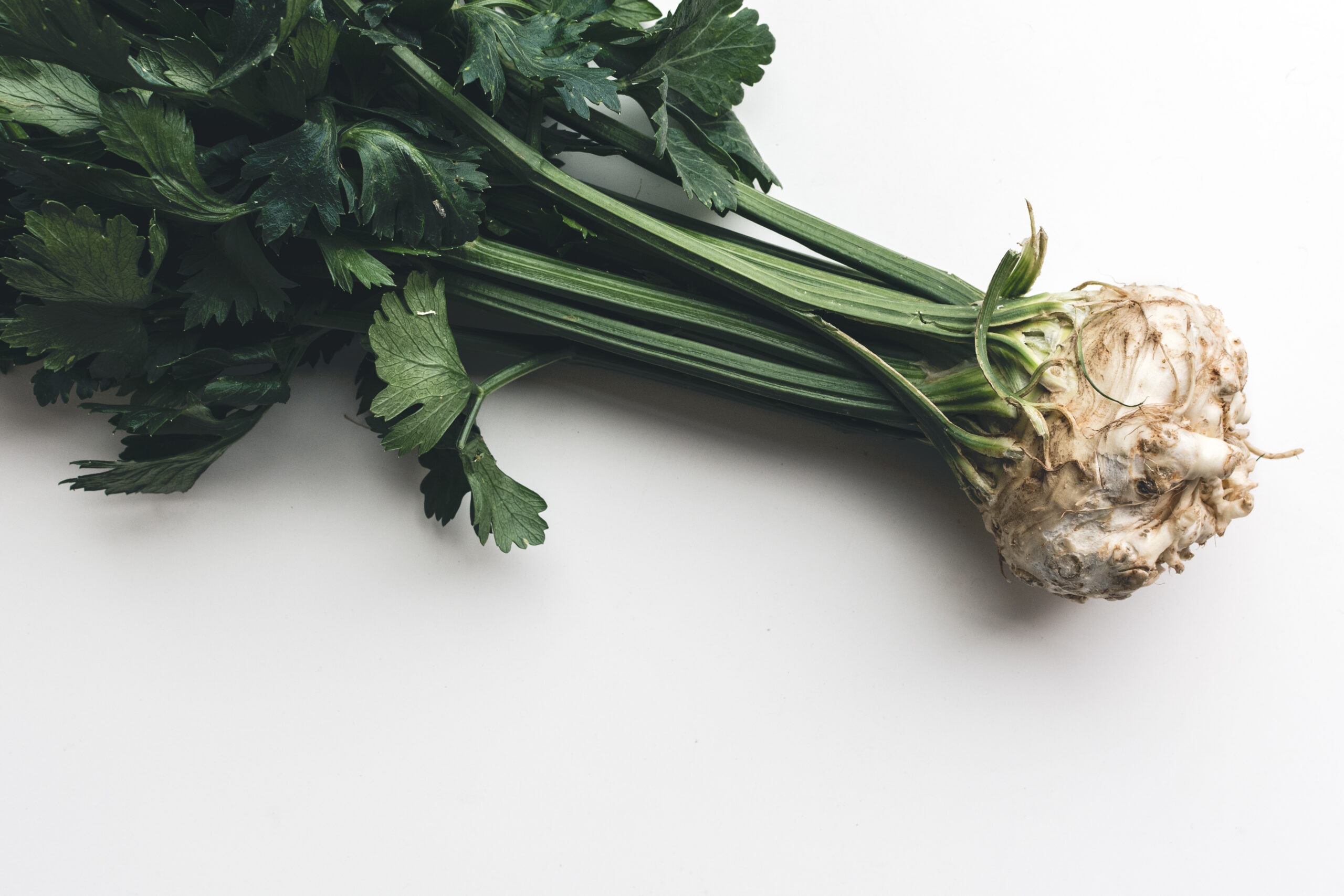
Tall Utah celery is also among the most popular types in the US. It’s the largest variety that you can grow at home. It has a delicious crunchy texture and wonderful aroma. Plus, you will enjoy the delicate taste whether you eat it raw or cooked.
Apart from being a large type of celery, tall Utah is also drought and disease-resistant. It takes 100 to 125 days to have ready-to-harvest dark green stalks at home. Therefore, you can opt to plant some in the summer and enjoy a hearty harvest in the fall.
4. Monterey Celery
Do you want some celery ready to harvest in less than 100 days? Well, you’re in luck! The Monterey celery is among the fastest-growing types that you can have in your garden. Usually, it is ready for harvest in 80 days when you have good growing conditions. At this stage, you have delicious stalks of around 12 inches.
Monterey celery is good to grow in hot climates since it’s heat resistant. It also stands against diseases and pests.
5. Conquistador Celery

The Conquistador is sweet and crispy, quite a good variety to grow at home, whether indoors or outside. It’s heat-resistant, and it tends to grow faster in warm climates. When growing in cold places, you might have to wait longer to enjoy the delicious celery.
In warm climates, the celery is ready to harvest in 80 days. Colder places can extend to 115 days. The celery grows upright and is easy to harvest. While this isn’t a self-blanching type of celery, it’s still crunchy and amazing to eat.
6. Golden Pascal Celery
Lastly, we have the Golden Pascal celery, a French variety that’s cold resistant and perfect for cooler parts of the country. It is best to grow in fall or winter. The celery is ready to harvest in 115 days. It takes longer to grow if the temperatures are lower. The good news is you will have long stalks reaching 20 inches in length.
Golden Pascal celery has juicy and tender yellowish-green stalks perfect for salads.
Types of Leafy Celery to Grow At Home
Under leafy celery, there are three types of delicious and easy-to-grow celery as seen below:
7. Flora 55 Celery
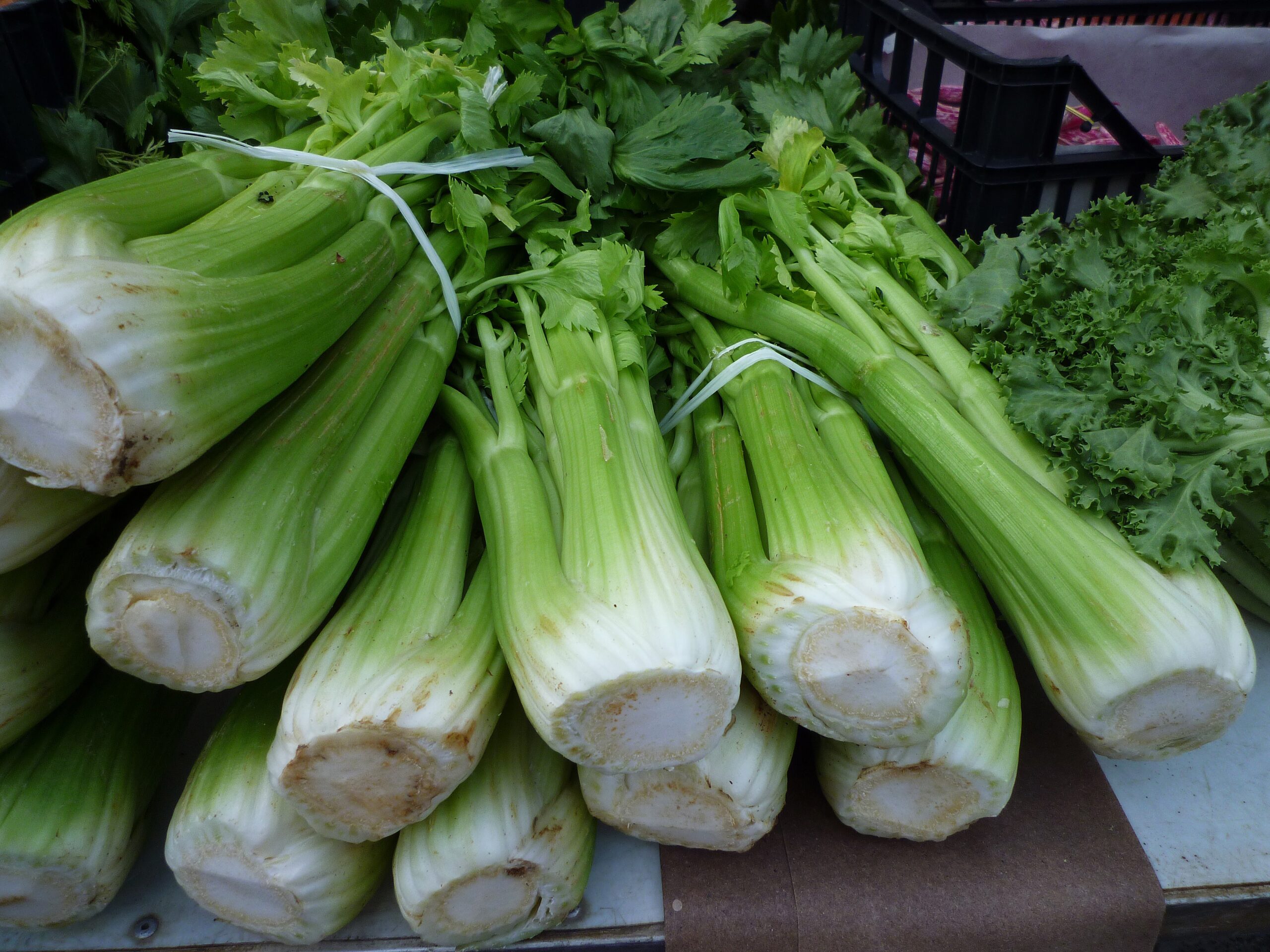
Flora 55 is easy-to-grow celery jam-packed with flavor and has anti-bolting nutrients. It’s also a fast grower, making it favorable among home gardeners. Start planting the seeds in spring, and in 80 to 120 days, you are ready to harvest celery at home.
The celery has 12-inch-tall dark-green leaves, which make a great addition to salads, fresh juices, and healthy recipes.
8. Par-Cel Celery
Par-Cel celery originates from the Dutch region in Europe. Folks began enjoying this type of celery back in the 18th century, and it’s still popular today. The Par-Cel celery has a crunchy texture and amazing flavor, perfect for different types of dishes.
This leafy celery shares similarities to parsley and you can use it in place of this vegetable. It’s easy to grow, and it reaches a height of 20 inches when ready to harvest after 85 growing days. The leaves of the Par-Cel are excellent as a garnish for soups.
9. Safir Celery

Lastly, under leafy celery, there’s the Safir variety. This unique type of celery brings a peppery taste to your dishes, topped off with a great crunchy texture.
The Safir celery can grow to be 12 to 14 inches tall. It tends to be slender and is ready to harvest in 85 to 120 days, depending on the weather conditions. If you want it to grow faster, keep it in a warm spot where it’s protected from cold winds and frost.
Types of Celeriac Celery
Celeriac is the third category of celery that you can grow at home. While the pascal is famous for stalks and the leafy for its leaves, celeriac has delicious roots. There are four different varieties that you can grow at home.
10. Diamant Celery
Starting off is the diamant celery with smooth and round roots that are good to eat. It has Dutch origins, but it is quite popular in the US. The root vegetable is ready to harvest in 80 to 100 days depending on the weather conditions.
It has a nutty and rich taste similar to many similar types of vegetables. When you harvest it, you notice it has white flesh. This feature remains intact even after cooking.
11. Tellus Celery
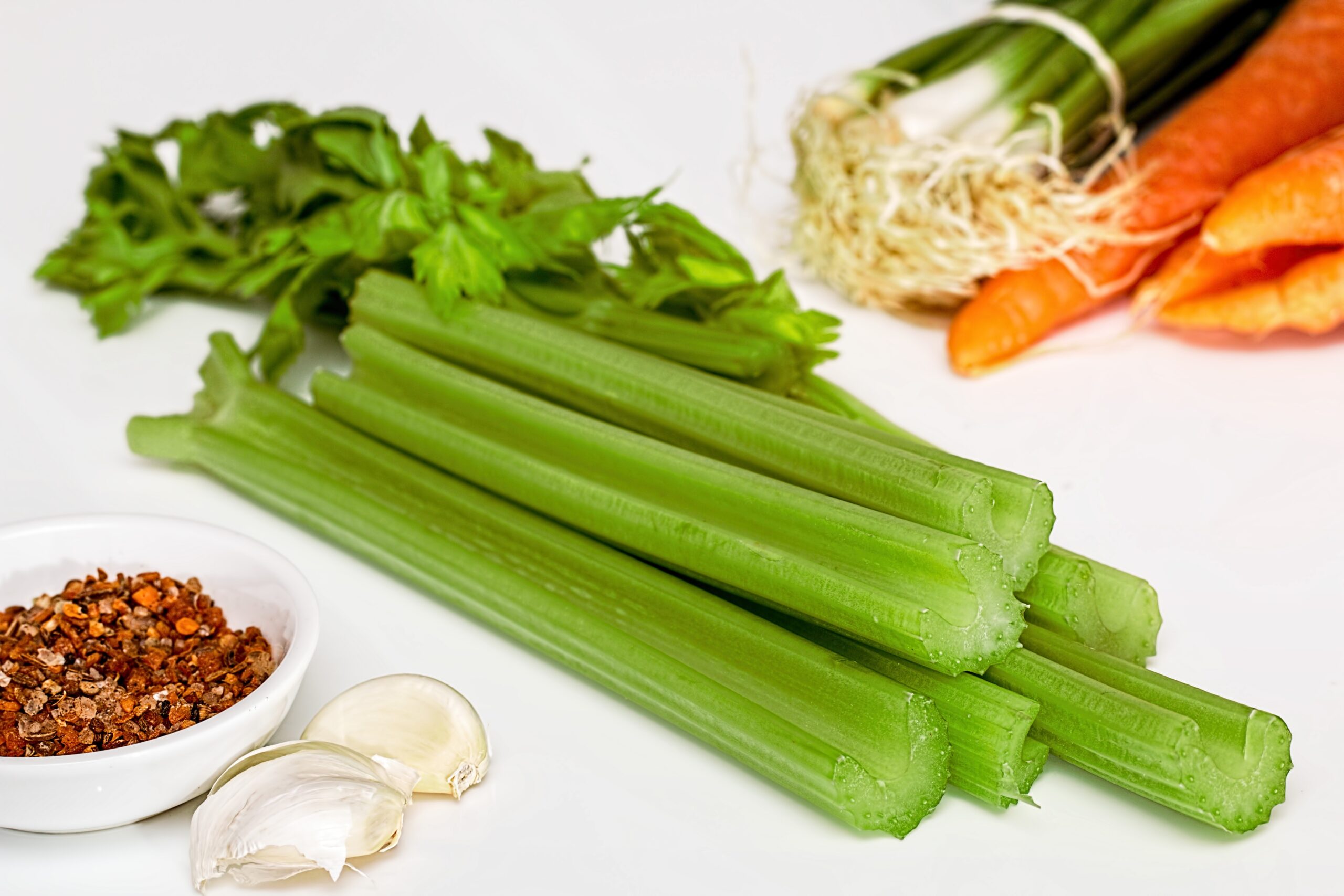
Another type of root celery you can grow at home is Tellus, also known as the ‘turnip-rooted celery’ since it resembles turnips when mature.
It is easy to grow, and it takes a shorter period before reaching maturity. At harvest, you get a smooth round root vegetable with a sweet and nutty taste. The best way to use it is by dicing or grating before adding to your meals.
12. Giant Prague Celery
Next, check out the Giant Prague celery, which originates from Europe. It’s among the larger varieties, and quite easy to grow. It can grow to 4 inches in diameter and be ready to harvest in 85 days. However, growing time can be longer in cold environments.
A mature root has a white hue that remains the same after cooking. The vegetable has an earthy taste and is perfect for salads or stir frying.
13. President Celery
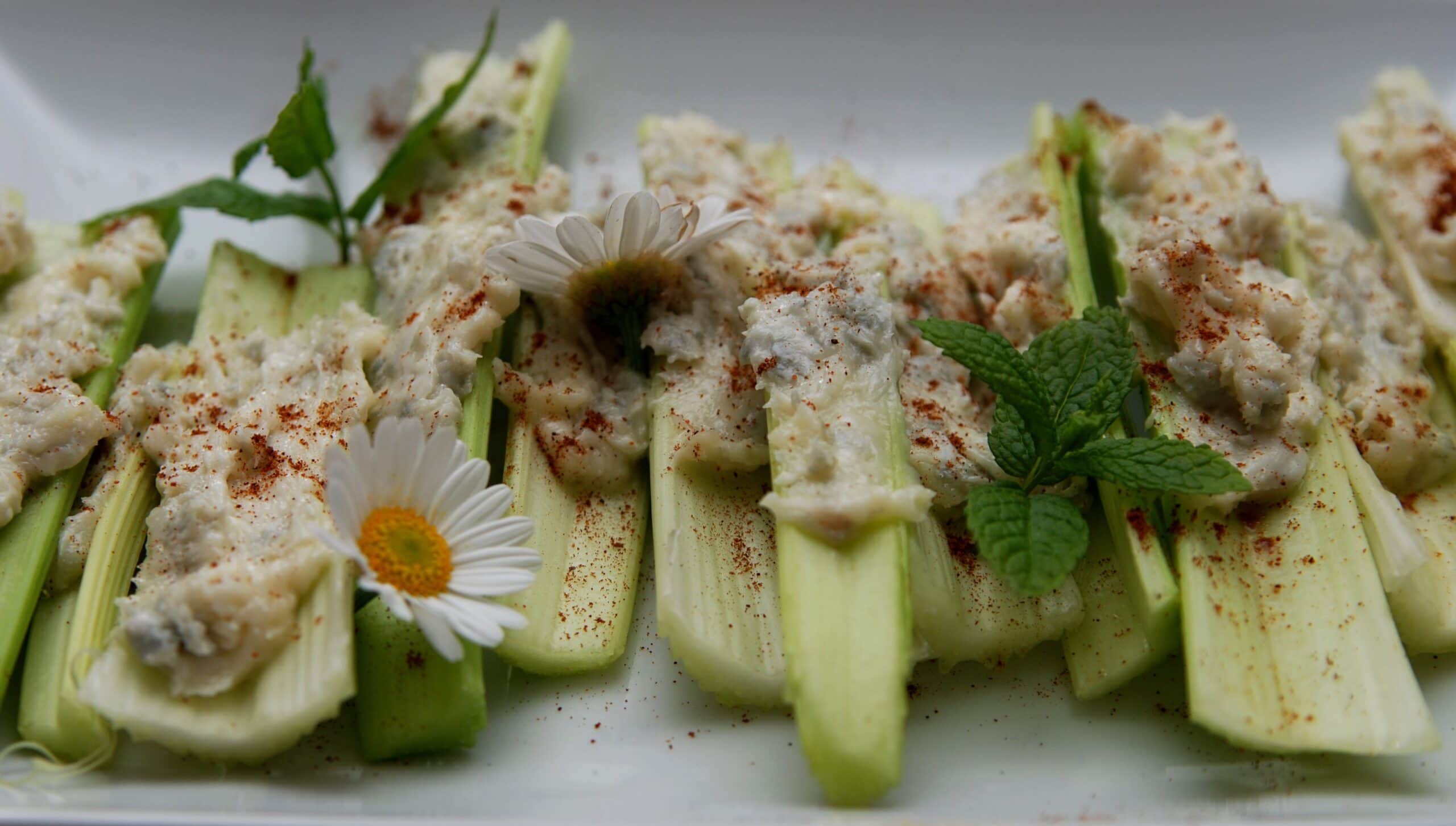
The President celery is the type to grow if you enjoy eating raw celery as a snack or on salads. This is a tender, mild root that needs time to grow. It takes 110 days to mature. If you leave it longer in the garden or pot, you can have a larger root on harvest day.
Which Is the Best Tasting Celery?
When it comes to taste, the Giant Red takes the lead as the sweetest and most delicious type. This celery has a wonderful flavor, and those reddish-purple stalks look amazing in salads.
The Giant Red celery has yellow-pink hearts that turn pink when you cook it. It’s perfect for adding to soups or salads. Since this is a tolerant plant, you can grow it in a garden or indoors and have celery for some time.
How to Grow Celery at Home
Growing celery at home is easy, especially when you already have your preferred type in mind. Within 80 and 120 days, you can enjoy delicious celery out of your harvest. When growing celery indoors, you can enjoy harvest all year round.
Seed germination works best in a warmer spot before you transfer the seedlings to the garden or pots. If you want to plant celery outside, wait until spring when it gets warmer. Celery prefers healthy soil, rich in nutrients.
Growing Celery from Seeds
While you can buy celery seedlings and plant them directly in your garden or pots, it’s not hard to grow from seeds. Growing right from seeds gives you a better understanding of what goes into the vegetable from start to harvest.
- Always start seeds early before spring indoors. This can be 10 to 12 weeks in advance so that seedlings are ready to transfer when you have the last frost of spring. Celery seedlings are ready for transplanting when they have a few leaves.
- Soak seeds in warm water a day before planting them in a seedling starter mix. This is one way to ensure fast and better germination. A good quality seedling starter mix will ensure these tiny plants have all the nutrients for healthy growth.
- On a starter tray, add the soil and begin pressing one seed at a time. Cover the tray to retain moisture and speed up germination. Have a fluorescent lamp nearby and turn it on as soon as the seeds start germinating.
- Keep misting the seedlings and ensure the soil remains moist. When these are 2 inches tall, it’s time to transfer them to pots or the garden. Reduce watering 7 days to transplanting to help harden the seedlings to different growing conditions.
Transplanting Celery Seedlings
At 2 inches tall, the celery seedlings are ready to leave the growing trays. Choose whether you want to grow them indoors or outside and begin preparation. Growing celery in pots is easy, and so is planting them in a garden.
Pick a pot with drain holes if you want to grow celery indoors. The vegetables love moist but not wet soil. Depending on the variety of celery that you grow, pick the right pot. Add a potting mix appropriate for celery and plant four seedlings per pot. Water the celery often and ensure it gets ample indirect light. A warm spot in the house is better as celery grows slower in cold conditions.
Outside, a spot with partial shade will do. There, celery seedlings can grow in warm conditions but still get protection from harsh direct sunlight. Water regularly and be on the lookout for pests or diseases.
In Conclusion
Celery is a delicious vegetable that’s easy to grow at home. You can grow three different categories: pascal (stalk) celery, leafy celery, and celeriac (root) celery.
Under the three main types of celery are numerous others listed above. The good news is you can grow a wide variety at home. Celery takes between 80 to 120 days to grow from seed to a mature plant ready to harvest.
- Related Read: 8 Types of Turmips- An Overview
Featured Image Credit: Ulrike Leone, Pixabay
Contents



